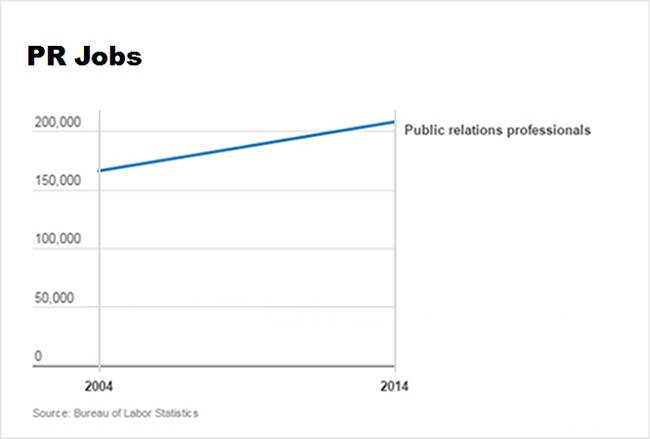Virtually every novel reflects some form of the classic storytelling arc.
Same goes for movies.
As I’m driving to see “Zero Dark Thirty,” I’m wondering how the heck will the movie build drama. I already know how the story ends. Yet, the CIA operative played by Jessica Chastain must deal with stuff going cockeyed again and again to the point that you lose yourself in the story and indeed can feel the tension building.
In the communications business, we don’t have 300 pages or two hours on the silver screen to define characters or advance a plot with the requisite twists and turns that culminate in a payoff and happy ending.
But it’s not just the element of time that poses a quandary for communicators. The intrinsic nature of classic storytelling revolves around crisis, or better yet, the type of failure that causes the audience to wince. That’s what teases out the tension. That’s what keeps the audience engaged.
PR, on the other hand, is conditioned to do the exact opposite. We’re striving to highlight achievements, ever conscious of keeping any semblance of a crisis behind the closed – no make that locked – doors.
It’s this catch-22 that led to creation of “The Communicator’s Spike.”

What gives lift to this narrative comes from the gap or contrast between the old way and the new way. The greater the difference between the old way and the new way, the more interesting the story.
It still requires PR to get out of its comfort zone. Often, we don’t want to discuss the past because it wasn’t flattering. Yet, without the past, the journalist or reader has no way to frame the story, which generates the contrast (between two points in time).
By storytelling fodder, I don’t mean just facts and figures. There needs to be texture, anecdotes and language that demands attention.
You can actually create some drama with this technique.
At the very least, the story packs more punch than your garden-variety PR narrative.









